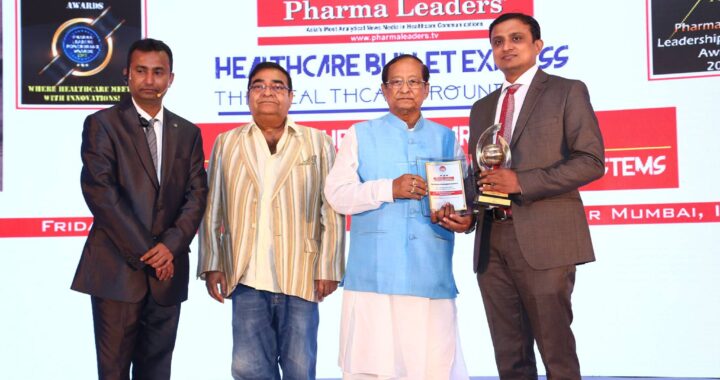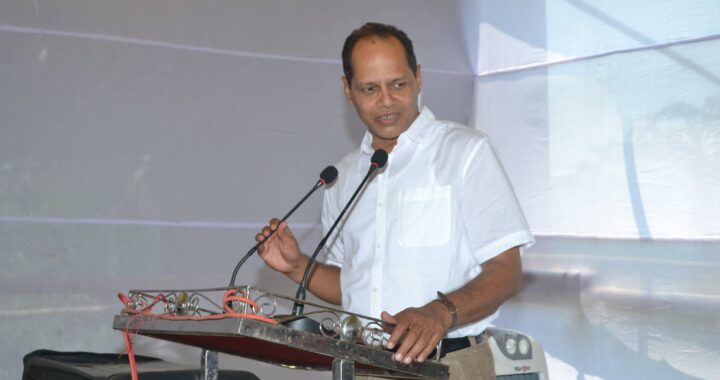Government is maintaining “fiscal prudence”, says RBI governor Shaktikanta Das
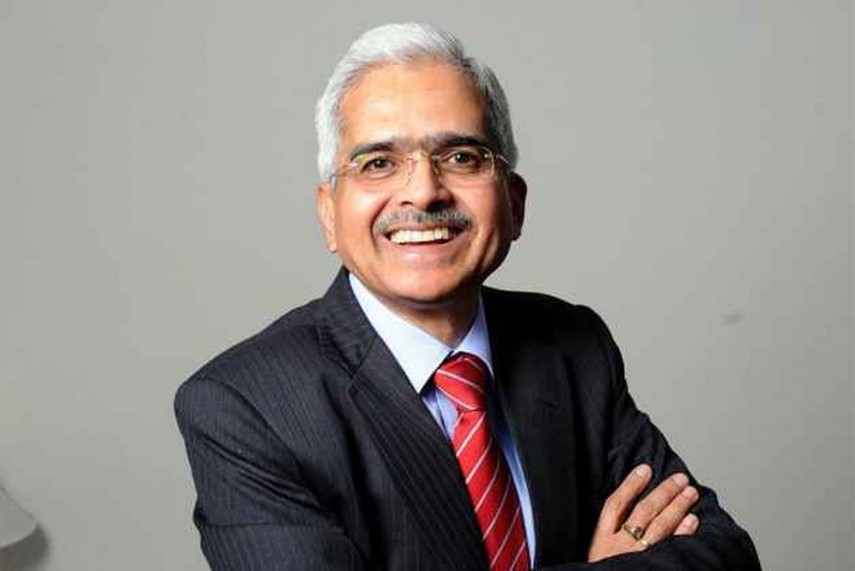
Amid concerns over economic slowdown, RBI chief Shaktikanta Das on Saturday said credit growth momentum is picking up and ruled out any possible spike in inflation due to Budget proposals as the government is maintaining “fiscal prudence”
After the first meeting of the RBI board post 2020-21 Budget presentation, Das also expressed hope that transmission of rate cuts would improve further
The meeting, which was also addressed by Finance Minister Nirmala Sitharaman, discussed various Budget proposals
“The direct inflationary impact of any budget is fiscal deficit number, when borrowing goes up, but the government has adhered to the principle of fiscal prudence
“The ‘escape clause’ under FRBM Act, the deficit number in the current year as well as the next year are very much within the parameters set as per FRBM committee recommendations,” Das said
Facing revenue shortage, the government raised the fiscal deficit target to 3.8 per cent of the GDP for 2019-20 in the budget, from the 3.3 per cent pegged earlier
The government has utilised ‘escape clause’ under the Fiscal Responsibility and Budget Management (FRBM) Act, which allows the Centre to breach its fiscal deficit target by 0.5 percentage points at times of severe stress in the economy
Meanwhile, the finance minister said the government is monitoring farm credit given by banks in rural areas, adding that she expects to meet the increased target of Rs 15 lakh crore for the next fiscal
“Credit limit has been expanded. I am sure it is based on local ground level requirement…we expect the demand to grow and credit requirements to also meet up with it. I am actually closely monitoring banks and their extension of credit facility particularly to rural areas. So I think we’ll be able to meet that,” Sitharaman said
The farm credit target for the current fiscal has been set at Rs 13.5 lakh crore
Speaking on the inflationary impact of the Budget proposals, Das said, “The good part of the government borrowing is also budgeted to come from small savings. Therefore, I don’t see much of an inflationary impact.”
“Declining crude prices has definitely positive impact on inflation…The main reason for spike in inflation is because of food inflation, mostly milk, fish, and various protein related items. Core inflation has slightly edged up because of revision of telecom tariffs,” he added
Retail inflation based on consumer price index (CPI) soared to a near six-year high of 7.59 per cent in January, surpassing the Reserve Bank of India’s comfort range primarily on account of rising vegetable and food prices
Similarly, wholesale prices-based inflation accelerated to a 10-month high of 3.10 per cent in January, mainly due to costlier food articles, particulary onion and potato
Economic growth has been slowing in recent months and the RBI has pegged GDP expansion at 5 per cent for the current fiscal ending March 31
About the Supreme Court order regarding Adjusted Gross Revenue (AGR) dues to be paid by telecom companies, Das said the central bank would have internal discussions in case there are any issues arising out of it
The court threatened contempt proceedings against top executives of Bharti Airtel, Vodafone Idea and other telecom firms for failing to comply with its directive to pay an estimated Rs 1.47 lakh crore in past dues
The decision might have ramifications on banks in terms of their exposure to the financially-stressed telecom companies
On moderating credit growth, Das said there are signs of uptick and the momentum is gathering pace. “Credit flow is slowly and steadily reviving… we do hope and we do expect the credit flow to improve in the coming months,” he added
Credit flow from all sources — banks, domestic market and external commercial borrowing — has improved to Rs 7.5 lakh crore, he said, adding nearly Rs 6 lakh crore flow has happened between October and January to the commercial sector
“Within that, if you look at bank credit to the commercial sector, it was actually a negative growth at the end of September by about Rs 1.3 lakh crore or so. Now it is plus Rs 2.7 lakh crore, the latest number we have at the end of January. So this is within the total number I mentioned,” Das said
On February 6, the six member-Monetary Policy Committee (MPC) headed by Das, for the second meeting in a row, kept repo rate unchanged at 5.15 per cent but maintained the accommodative policy stance which implies it was biased in favour of cutting rate to boost growth
Prior to going for status quo on rates in December, the central bank had slashed rates five consecutive times that resulted in a cumulative 1.35 per cent decline in repo rate.

 Dr Dilip Surana, CMD, Micro Labs Limited featured in the prestigious Healthcare Super Brands Asia
Dr Dilip Surana, CMD, Micro Labs Limited featured in the prestigious Healthcare Super Brands Asia 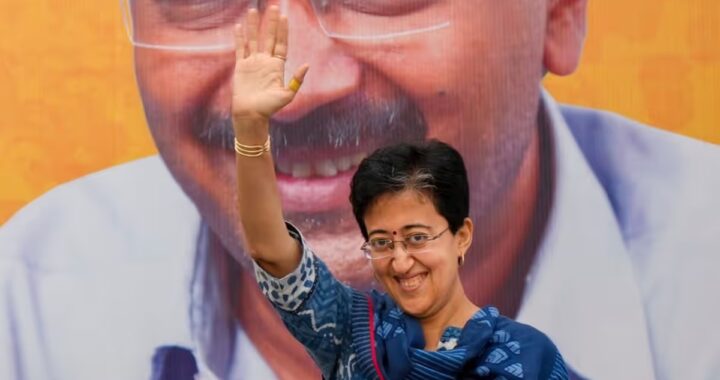 Atishi Marlena,Delhi Chief Minister may be a force to reckon with in Governance & Delhi’s Progress!
Atishi Marlena,Delhi Chief Minister may be a force to reckon with in Governance & Delhi’s Progress! 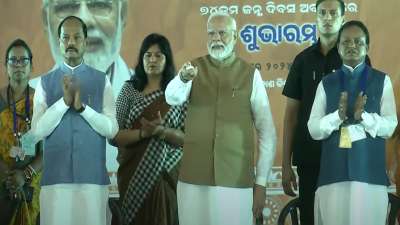 PM Modi launches ‘SUBHADRA’ – the largest women-centric scheme in Bhubaneswar, Odisha
PM Modi launches ‘SUBHADRA’ – the largest women-centric scheme in Bhubaneswar, Odisha  Dr. Dinshaw Pardiwala on the rigorous medical schedule of Olympic elite stars.
Dr. Dinshaw Pardiwala on the rigorous medical schedule of Olympic elite stars.  Berhampur MP raises better public healthcare infrastructure for Berhampur in Parliament
Berhampur MP raises better public healthcare infrastructure for Berhampur in Parliament 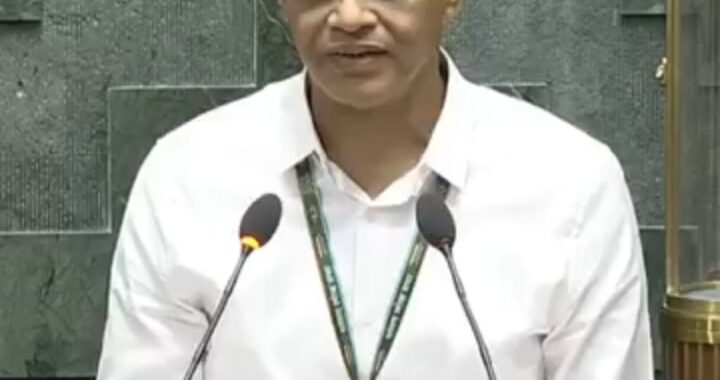 Dr Pradeep Panigrahy raises the sustainable growth of nuclear energy in the country in Lok Sabha
Dr Pradeep Panigrahy raises the sustainable growth of nuclear energy in the country in Lok Sabha 